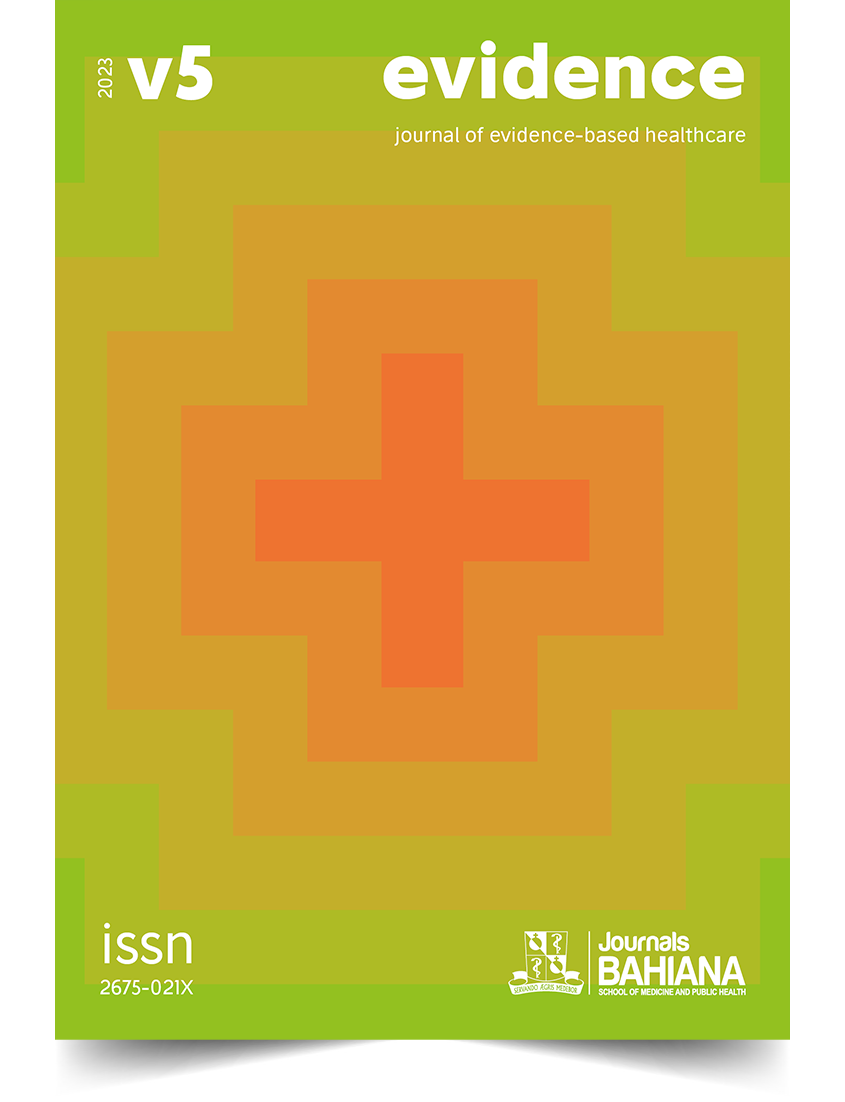The relation between language and pseudoscientific practices
DOI:
https://doi.org/10.17267/2675-021Xevidence.2023.e4970Keywords:
Pseudosciences, Discourse Analysis, LanguageAbstract
INTRODUCTION: Discourse Analysis has shown that neutrality is nonexistent in language. Each lexical choice is not random, and within each choice, there are diverse possibilities of intentions, collocations, and interpretations. Culture, habits, beliefs, and the set of characteristics that compose society influence language construction. In a society where science and scientific methods are underestimated or ignored while pseudoscientific practices are valued, it is expected that there will be a reflection of this in language. OBJECTIVE: To discuss the impact of language and lexical choices on the appearance of scientific legitimacy of pseudoscientific practices. METHODOLOGY: In this study, we use linguistic tools associated with scientific thinking to identify how pseudosciences can benefit from language to increase their credibility, focusing on the use of affixes. RESULTS: Language speakers have intuitions about formative rules and meanings related to affixes, even without formally studying linguistic constructions or epistemology. In this sense, pseudoscientific practices can benefit from the appearance of scientific legitimacy conferred by the popular etymological perception of suffixes and prefixes commonly used to designate areas or subareas of academic scientific studies. CONCLUSION: Words and affixes used in scientific language do not have precise and unequivocal definitions but are subject to varied and conflicting interpretations. Given this vulnerability, language, as a reflection of society we are part of, can limit our capacity for rational decision-making regarding health.
Downloads
References
(1) Pêcheux M. Semântica e discurso: uma crítica à afirmação do óbvio. 3ª ed. Campinas: EDUNICAMP; 1997.
(2) Saussure F. Curso de Linguística Geral. 29ª ed. São Paulo: Cultrix; 2016.
(3) Habermas J. Teoria do Agir Comunicativo. V. 1. Racionalidade da ação e racionalização social. São Paulo: Martins Fontes; 2012.
(4) Orlandi EP. Análise de Discurso. Princípios e Procedimentos. 5ª ed. Campinas: Pontes; 2005.
(5) Eco U. Semiótica e Filosofia da Linguagem. Almada: Instituto Piaget; 2001.
(6) Pierce CS. Semiótica. São Paulo: Perspectiva; 2010.
(7) Magalhães CM. Reflexões sobre a análise crítica do discurso. Belo Horizonte: Faculdade de Letras UFMG; 2001.
(8) Fairclough N. Analysing Discourse: Textual Analysis for Social Research. London: Routledge; 2003.
(9) van Dijk TA, Medeiros BWL, Andrade MLCVO. Análise crítica do discurso multidisciplinar: um apelo em favor da diversidade. Linha D’Água. 2013;26(2):351-381. https://doi.org/10.11606/issn.2236-4242.v26i2p351-381
(10) Wodak R, Meyer M. Methods of Critical Discourse Analysis. London: Sage publications; 2001.
(11) Levi-Strauss C. Antropologia Estrutural II. Rio de Janeiro: Tempo Brasileiro; 1989.
(12) Marcondes D. Textos básicos de linguagem. De Platão a Foucalt. Rio de Janeiro: Zahar; 2010.
(13) Sampaio RD. Linguagem, cognição e cultura: A hipótese de Sapir-Whorf. Cad do IL. 2018;(56):229–240. https://doi.org/10.22456/2236-6385.83356
(14) Tomasello M. Constructing a Language: A Usage-Based Theory of Language Acquisition. Cambridge: Harvard University Press; 2003.
(15) Lucy JA. Language Diversity and Thought: A Reformulation of the Linguistic Relatity Hypothesis. Cambridge: Cambridge University Press; 1992.
(16) Hacking I. The social construction of what? Cambrigde: Harvard University Press.; 1999.
(17) Gieryn TF. Boundary-Work and the Demarcation of Science from Non-science: Strains and Interests in Professional Ideologies of Scientists. Am Sociol Rev. 1983;48(6):781–95. https://doi.org/10.2307/2095325
(18) Lewandowsky S, Gignac GE, Vaughan S. The pivotal role of perceived scientific consensus in acceptance of science. Nat Clim Chang. 2020;3:399–404. https://doi.org/10.1038/nclimate1720
(19) Pennock RT. The postmodern sin of intelligent design creationism. Sci Educ. 2010;19(6–8):757–778. http://dx.doi.org/10.1007/s11191-010-9232-4
(20) Bergstrom CT, West JD. Calling Bullshit: The Art of Skepticism in a Data-Driven World. London: Penguin Press; 2020.
(21) Merton RK. The Sociology of Science: Theoretical and Empirical Investigations. Chicago: University of Chicago Press; 1973.
(22) Hansson SO. Science and Pseudo-Science [Internet]. The Stanford Encyclopedia of Philosophy. 2021. Available from: https://plato.stanford.edu/archives/fall2021/entries/pseudo-science/
(23) Bunge M. La ciencia, su método y su filosofía. Buenos Aires: Sudamericana; 2003.
(24) Sagan C. The demon-haunted world: Science as a candle in the dark. New York: Ballantine Books; 1995.
(25) Sapir E. Lingüística como ciência: ensaios. Rio de Janeiro: Livraria Acadêmica; 1969.
(26) Labov W. Sociolinguistic Patterns. Philadelphia: University of Pennsylvania Press; 1972.
(27) Costa VL. A importância do conhecimento da variação linguística. Educ em Rev. 1996;12:51-60. https://doi.org/10.1590/0104-4060.157
(28) Bakhtin M. Marxismo e Filosofia da Linguagem. São Paulo: Hucitec; 2009.
(29) Lenz C. Relações entre língua, ideologia e subjetividade [master’s thesis] [Internet]. Porto Alegre: Universidade Federal do Rio Grande do Sul; 2015. [cited 2022 dec 05]. Available from: https://lume.ufrgs.br/handle/10183/13172230.
(30) Fiorin JL. Introdução à Linguística II: Princípios de análise. 5ª ed. São Paulo: Editora Contexto; 2019.
(31) Wierzbecka A. Semantics: Primes and Universals. New York: Oxford University Press; 1996.
(32) Lacotiz A. Estudo diacrônico e dos valores semânticos dos sufixos no português [master’s thesis] [Internet]. São Paulo: Universidade de São Paulo; 2007. [cited 2022 dec 05]. Available from: https://www.teses.usp.br/teses/disponiveis/8/8142/tde-28012008-112539/pt-br.php
(33) Principe LM. The Scientific Revolution: A Very Short Introduction. New York: Oxford University Press; 2011.
Downloads
Published
Issue
Section
License
Copyright (c) 2023 André Demambre Bacchi, Bruna Stievano Bacchi

This work is licensed under a Creative Commons Attribution 4.0 International License.
The authors retain copyrights, transferring to the Journal of Evidence-Based Healthcare only the right of first publication. This work is licensed under a Creative Commons Attribution 4.0 International License.



